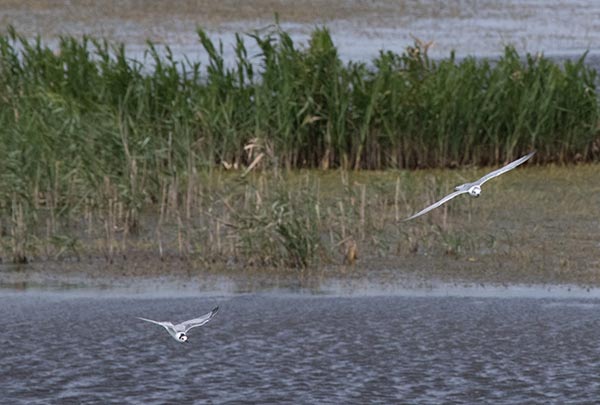 |
|
Dongtan Wetland in Chongming [Photo provided to China Daily] |
Apart from working with other institutions to artificially breed the endangered species, the office has helped save hundreds of young fish from the 276 square kilometers where the Yangtze River enters the East China Sea and where the young fish would spend their lives before going out to sea.
"People often ask us what exactly a world-class ecological island is, or whether there is a prototype for the project we are working on," said Wu Zhaozhong, deputy governor of Chongming district. "I have to say there is none. But we believe that if we create an environment, that is as friendly for humans as for animals that is bringing us closer to being ecological."
Under a plan made public by Shanghai municipal government at the end of last year on turning Chongming into a world-class ecological island, preserving Chinese sturgeon is one of the six key measures that would make the island a natural ecological region.
Another is protecting the migratory birds that stop off on Chongming and increasing their numbers.
For these birds, Chongming is a hospitable stopover site, a place where they can recharge and seek shelter during bad weather on their way to and from Australia and Russia, and it is estimated that the island receives an average of 290 species of birds, their numbers climbing to about 1 million in total a year thanks to the island's well-preserved wetland and natural habitats.
"We are running one of the world's busiest airports for birds," joked Tang Chendong, director of Chongming Dongtan National Nature Reserve.
Unlike Liu and the endangered sturgeons he is fighting to save, Tang faces a much more optimistic situation because the number of birds that flock to Chongming seems to grow every year.
Reserve officials estimated that last winter 60,000 more birds than in the previous year made a stopover on the wetlands, which cover 84 square kilometers, twice the area of nearby Pudong International Airport.
"That was the best I have seen in the 17 years I have worked here," Tang said.
In 2002 the region was listed as a Wetland of International Importance under the Ramsar Convention, also known as the Convention on Wetlands.